Windows has several accessibility features built-in that make it easy for users with visual problems to use the OS. One of these features allows you to zoom in and see details more easily. However, at times, your screen can get stuck in a zoomed-in state, causing a bunch of various problems. The good news is that in many cases, the issue is quite simple to solve, and here are the solutions that can help you out.
Solution 1: Reconnect your external display
If temporary glitches are causing your screen to be stuck in a zoomed-in state, you can fix it by disconnecting and reconnecting the display. You should also check whether your monitor has scaling and zooming features and adjust its settings so the display is not zoomed in.
Solution 2: Ensure you're not activating the Zoom shortcut
You should also make sure that you're not accidentally activating the zoom shortcut built into Windows. Pressing the Ctrl + Plus shortcut lets you zoom in while the Ctrl + Minus shortcut zooms out. These shortcuts can also be activated by holding down the Ctrl key and moving the mouse wheel up or down.
Solution 3: Check your program or game settings
It may be that your screen appears zoomed in only within a specific game or application. In this case, the issue may not be with the OS but with the settings in that program or game. You should check the settings within the application and see if there is an option to zoom out. If that does not work, consider uninstalling the program and reinstalling it to resolve the problem.
Solution 4: Turn off the magnifier
Another reason your screen can appear zoomed in is if you've turned on the Magnifier app by accident. You can turn it off by using the Win + Esc shortcut. After turning it off, follow these steps to ensure it does not turn on automatically again.
- Open the Settings app using the
Win + Ishortcut and click on the 'Accessibility' option on the right.

- On the Accessibility page, click on 'Magnifier'.
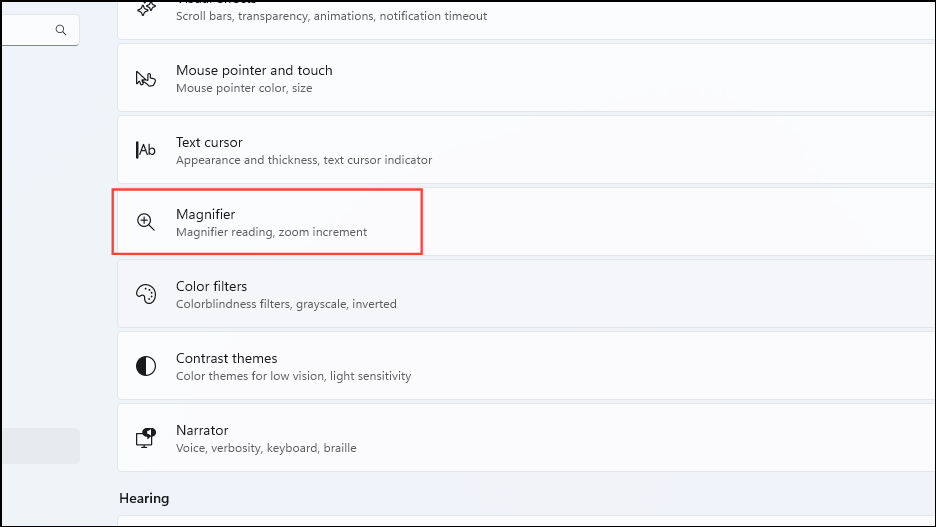
- Make sure that the 'Start Magnifier before sign-in' and 'Start Magnifier after sign-in' checkboxes are disabled.
Solution 5: Use the recommended display scale and resolution settings
- Right-click on an empty area of your desktop and click on 'Display settings'.

- Click on the dropdown menu for the Scale option and select any of the recommended options.

- You can also customize the display scale setting by clicking on the arrow on the right.
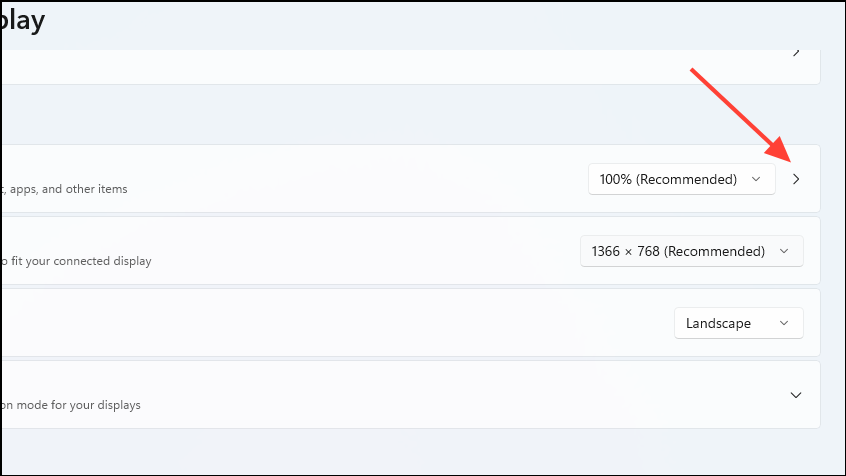
- Type in any size between 100 and 500 in the Custom scaling section and then click on the check button on the right.
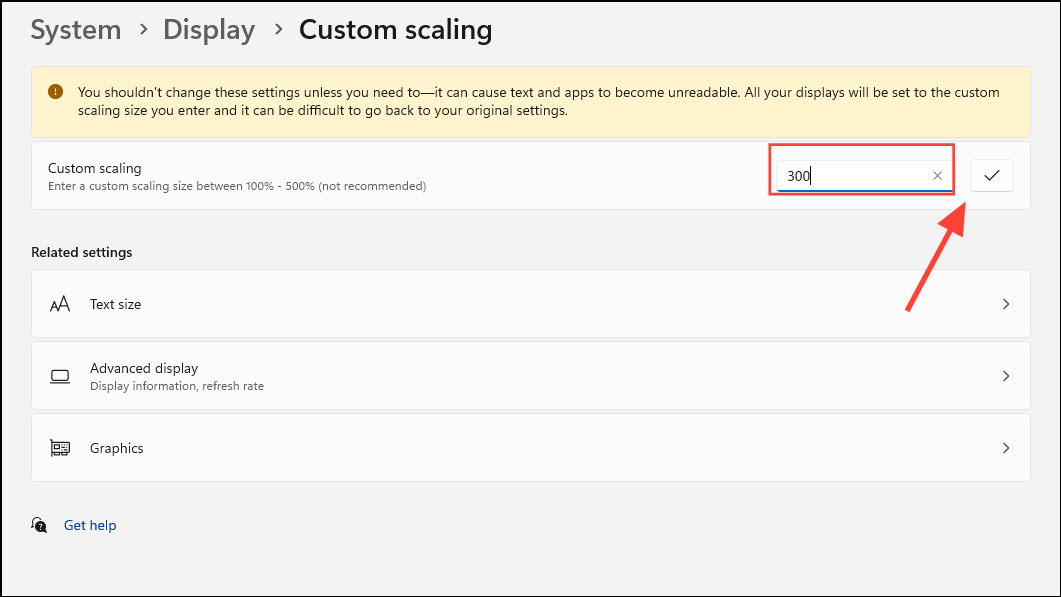
- Now go back and click on the dropdown menu for the Display resolution and select a recommended option.

Solution 6: Check the icon size of desktop icons
If you've accidentally increased the size of your desktop icons, it can also make your screen appear zoomed in. To change that, right-click on an empty section of the desktop, move your cursor to the 'View' option, and then select Medium icons or Small icons.

Solution 7: Reinstall display drivers
Outdated or corrupt display drivers can also cause display-related problems and you will need to remove and reinstall them to fix such issues.
- Right-click on the Start button and click on 'Device Manager'.
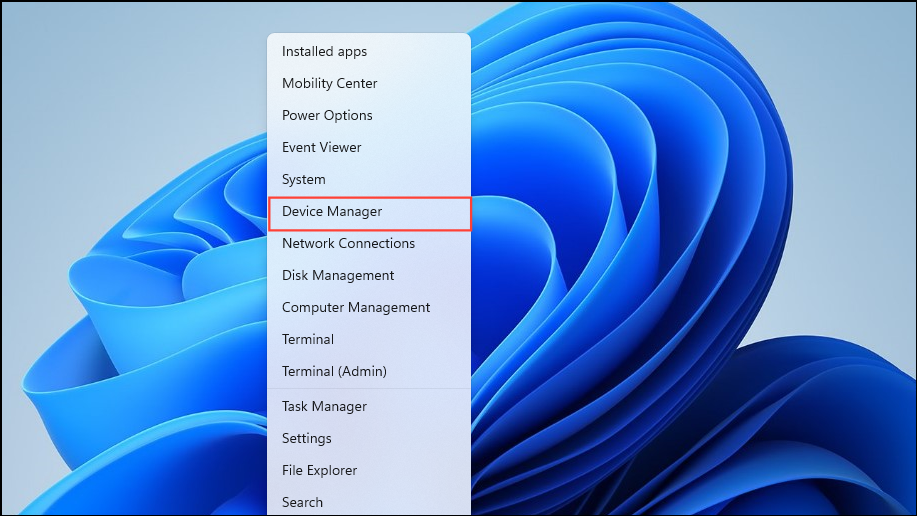
- When the Device Manager opens, click on 'Display adapters' to expand it.
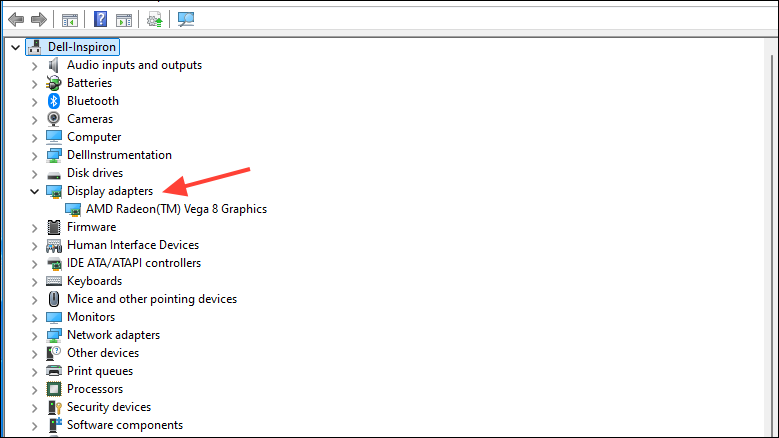
- Right-click on the driver and click on 'Uninstall device'.

- Now you can visit the website of your PC manufacturer and download the latest graphics driver from there. Alternatively, you can restart your computer and Windows will automatically download and install new drivers for the device.
Solution 8: Roll back the display driver
If the zoomed-in display issue started appearing after you updated your display driver, consider rolling it back to the previous version.
- Open the Device Manager and click on the display adapter to expand it as explained above.
- Right-click on the driver and click on 'Properties'.
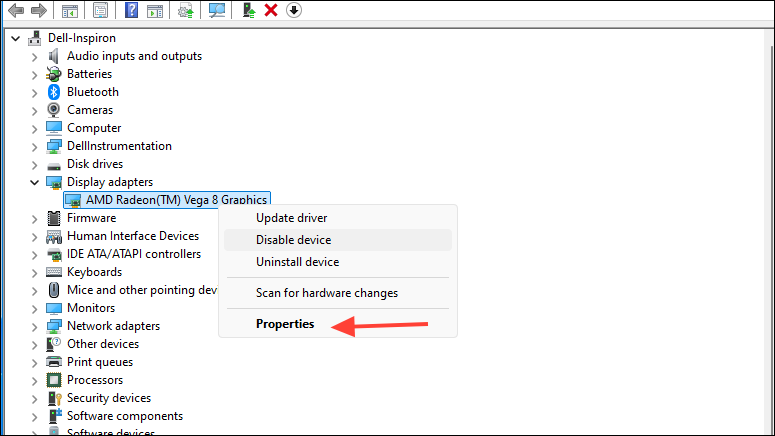
- Next, click on the 'Driver' tab at the top and then on the 'Roll Back Driver' button if it is available. Finally, restart your computer.
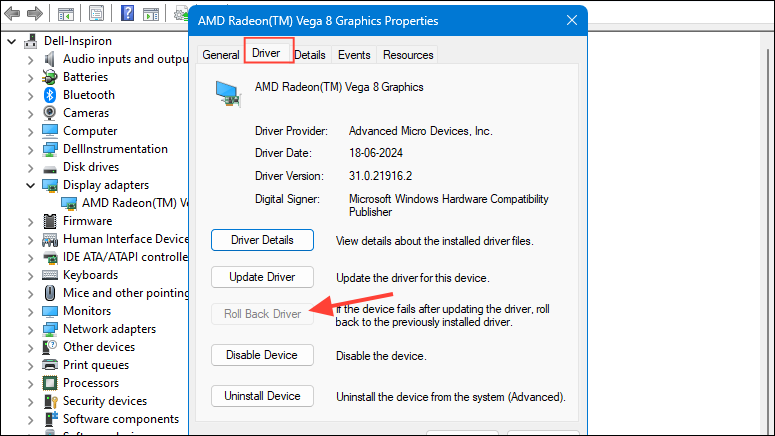
Solution 9: Uninstall recent updates
Sometimes Windows updates may be buggy and cause problems such as those related to the display. You will need to uninstall recent updates to get rid of such issues.
- Open the Settings app and click on 'Windows Update' on the left.
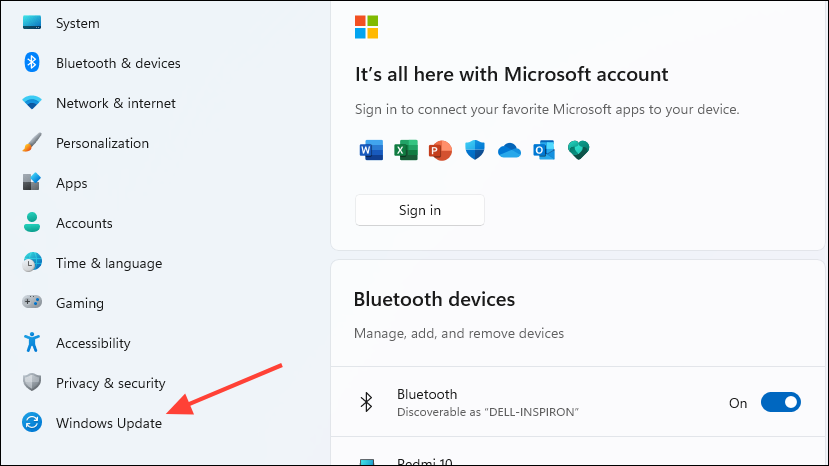
- Next, click on 'Update history'.
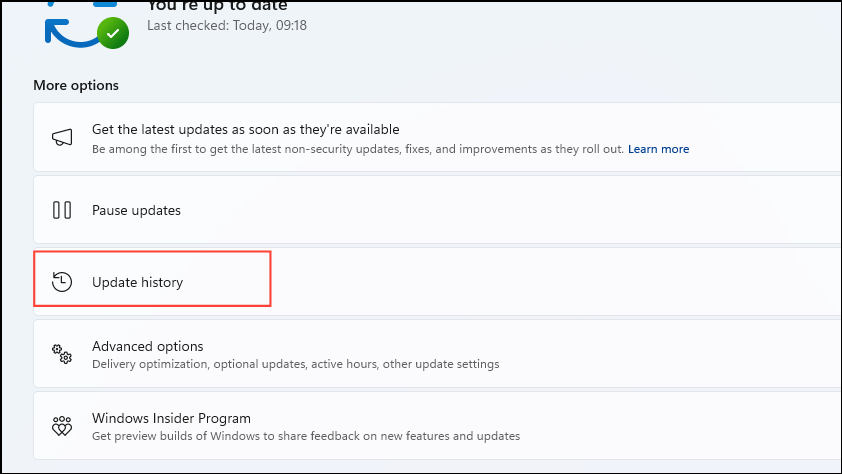
- On the Update History page, scroll down and click on 'Uninstall updates'.

- Finally, click on 'Uninstall' on the right of the update you want to remove.
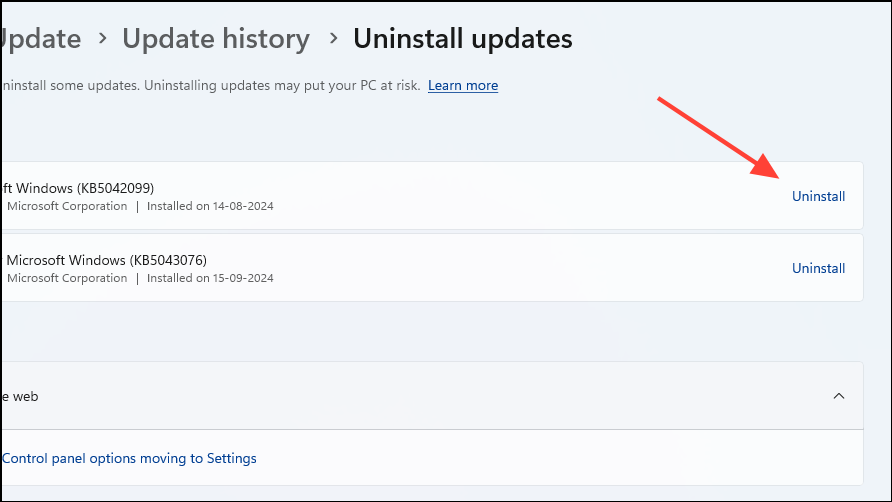
Solution 10: Disable the Pinch Zoom feature
If you're using a touchscreen display, the Pinch Zoom feature in Windows may be responsible for your display being zoomed in. Here's how you can disable it.
- Open the Settings app and click on 'Bluetooth and Devices' on the left.
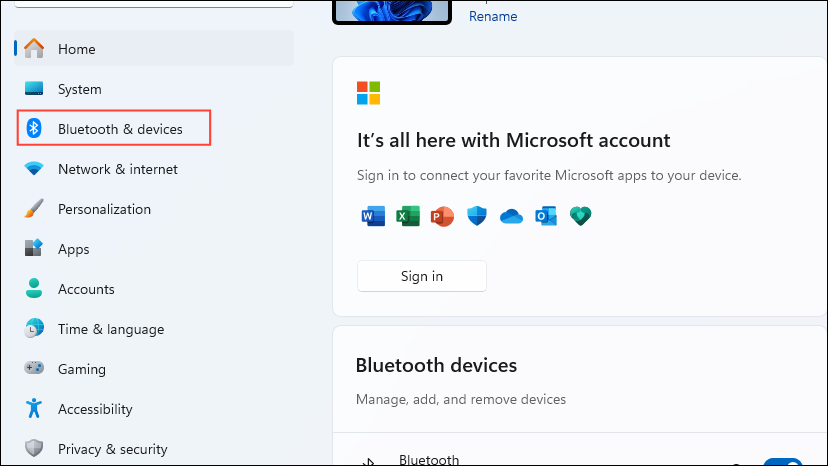
- Then click on 'Mouse'.
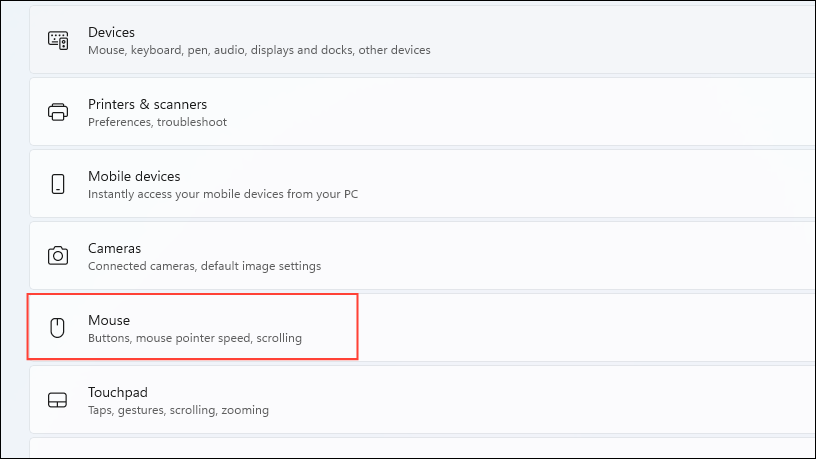
- Now click on the 'Mouse pointer' option.
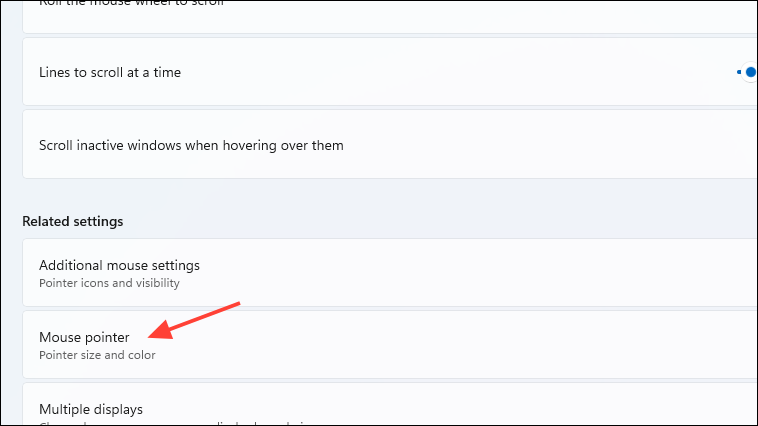
- On the next page, click on 'Touchpad'.
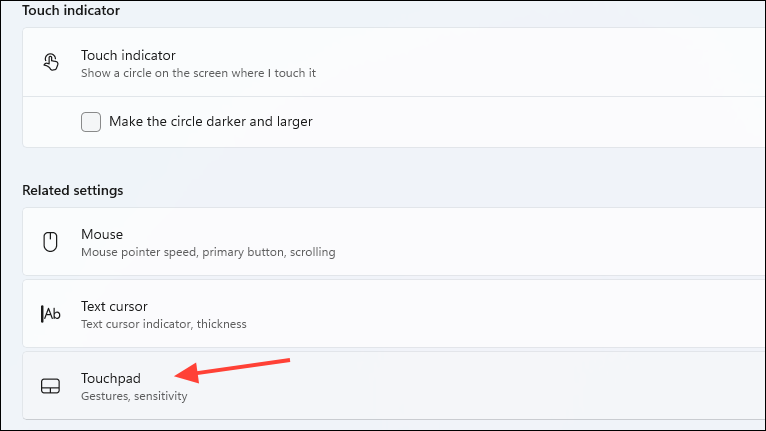
- Once you are on the Touchpad page, click on 'Scroll and zoom'.
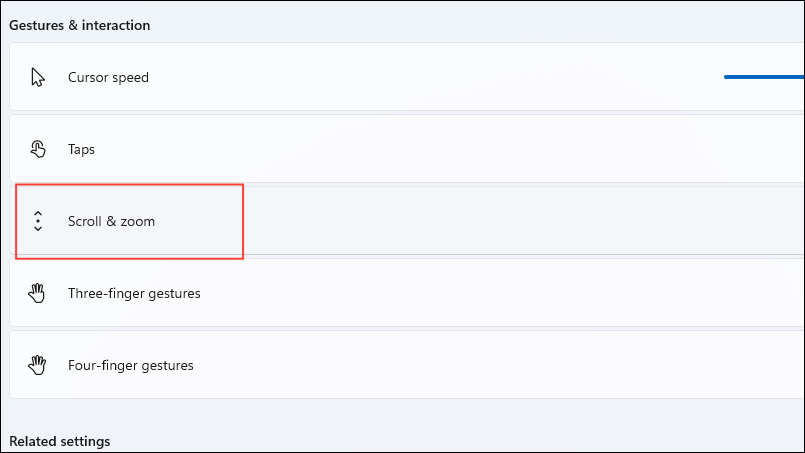
- Finally, click on the checkbox for the 'Pinch to zoom' option to disable it.
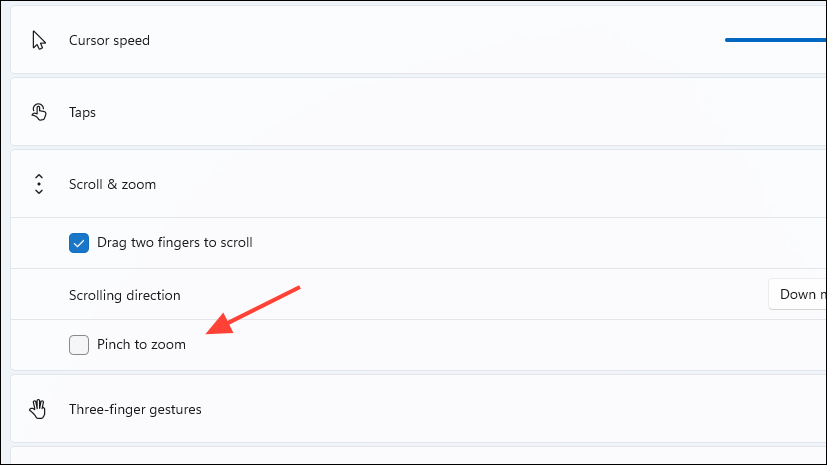
Solution 11: Run the Hardware and Devices Troubleshooter
The Hardware and Devices Troubleshooter can detect and fix problems with your hardware and may help you sort out issues with your display.
- Open the 'Run' dialog using the
Win + Rshortcut and paste the following inside it before pressing Enter:msdt.exe -id DeviceDiagnostic.
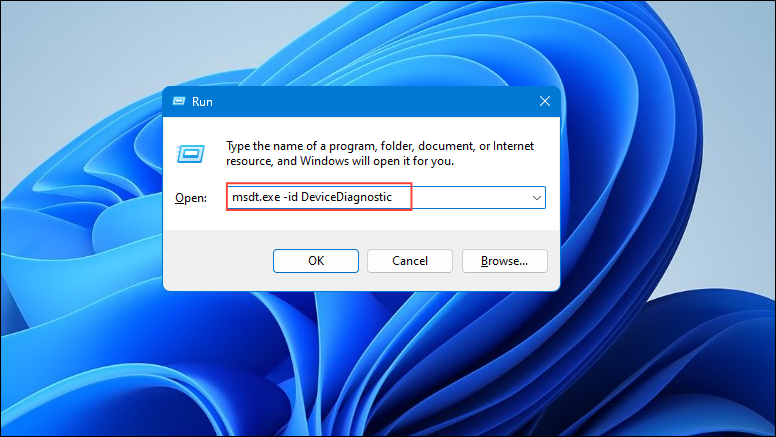
- When the troubleshooter appears, click on the 'Next' button.
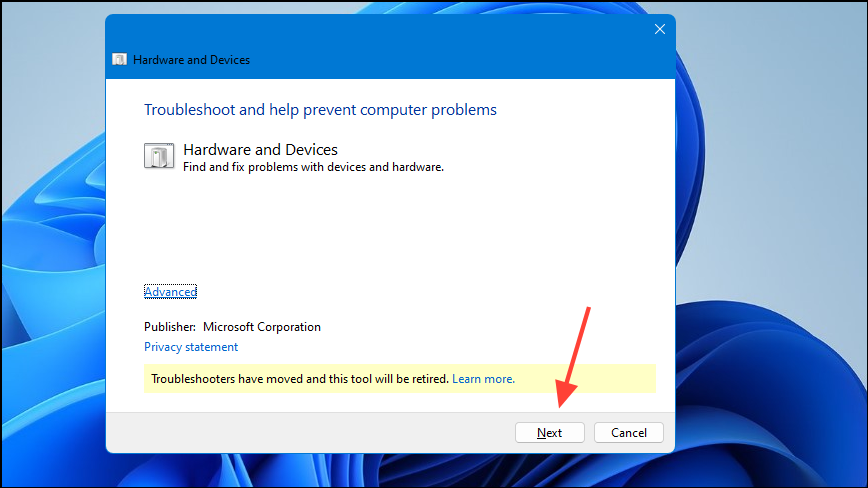
- Wait for the troubleshooter to complete scanning your system and then click on the 'Apply this fix' option.
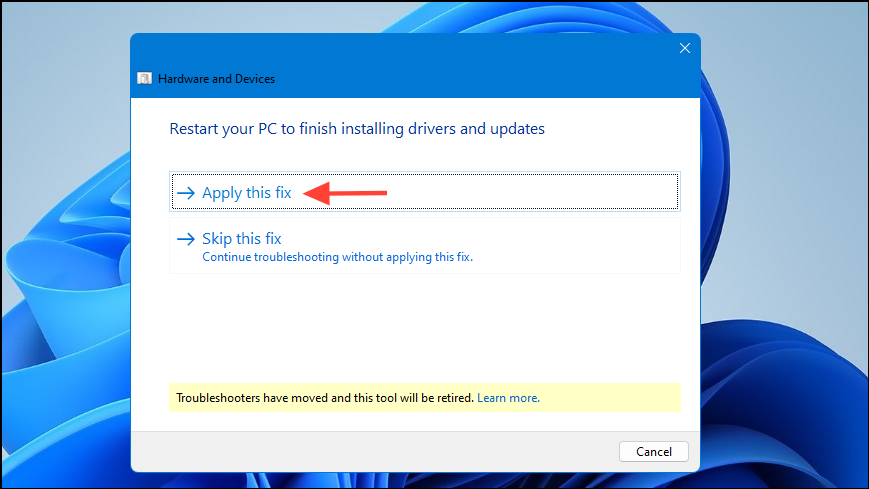
Things to know
- Hardware issues can sometimes lead to various display-related issues and can often be fixed simply by disconnecting peripherals like your mouse and then reconnecting them.
- You should also check that your touch-based input devices are working properly since they can also cause problems resulting in the zoomed-in screen issue.
- Make sure your system is fully updated, including the drivers, as outdated software components can also result in various problems. Besides the display driver, you can remove and reinstall the touchpad, keyboard, and mouse drivers to try and solve the zoom-in issue.
- In addition to changing the settings of your third-party applications, you should check that they are not interfering with Windows display settings and preventing the OS from operating normally.


